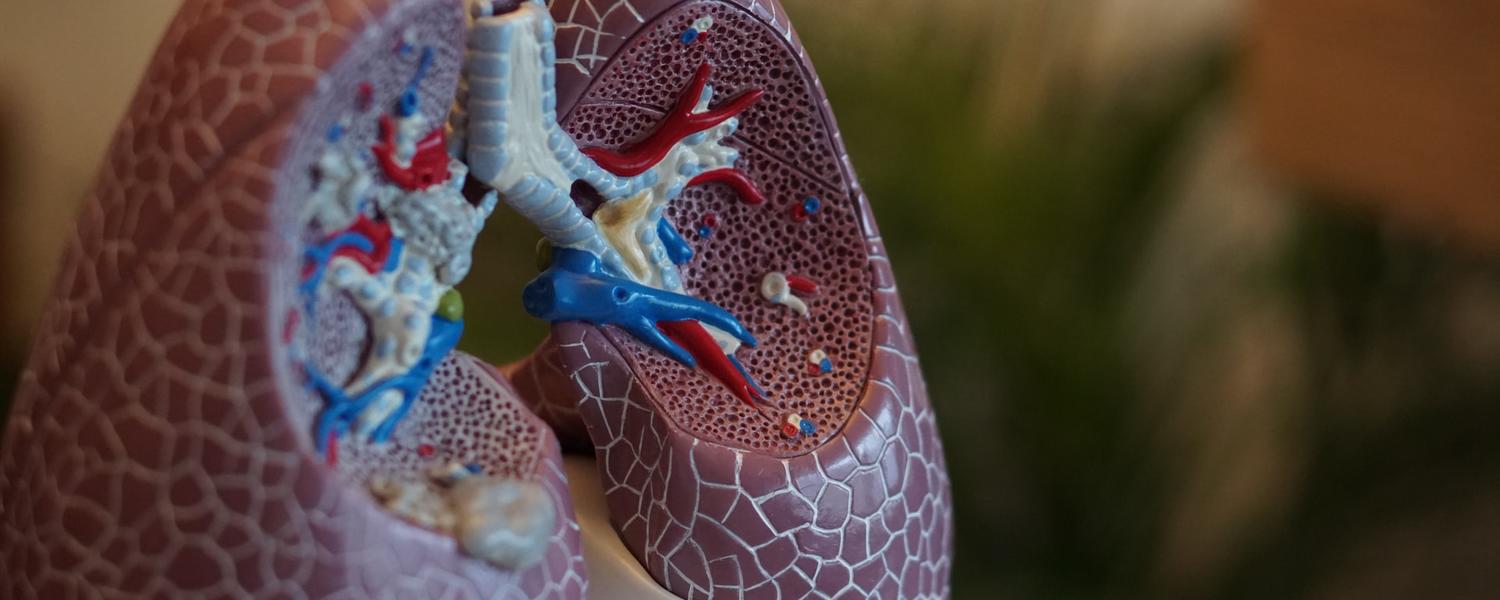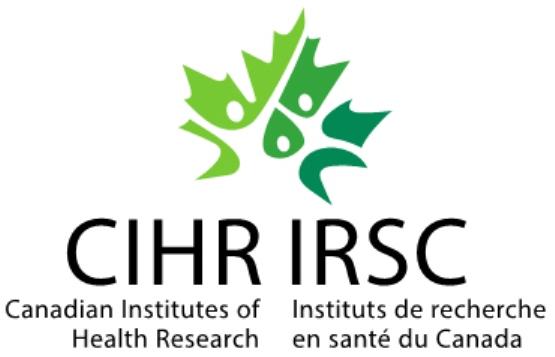
MagNUM PA Study
Magnesium Nebulization Utilization in Management of Pediatric Asthma
Study Summary
Up to 30% of children with acute asthma are refractory to initial therapy, and 84% of this subpopulation needs hospitalization. Finding safe, noninvasive, and effective strategies to treat this high-risk group would substantially decrease hospitalizations, healthcare costs, and the psycho-social burden of the disease.
Whereas intravenous magnesium (Mg) is effective in severe refractory asthma, its use is sporadic due to safety concerns, with the main treatment goal being to prevent intensive care unit admission. In contrast, nebulized Mg is noninvasive, allows higher pulmonary drug concentrations, and has a much higher safety potential due to the lower rate of systemic delivery. Previous studies of inhaled Mg show disparate results due to the use of unknown/inefficient delivery methods and other methodological flaws.
Objectives
- To determine if the nebulization of magnesium sulfate can reduce the hospitalization within 24 h of the start of the experimental therapy for persistent respiratory distress or supplemental oxygen
- To determine if the nebulization of magnesium sulfate can reduce the all-cause hospitalization within 24 h, improve Pediatric Respiratory Assessment Measure (PRAM), vital signs, number of bronchodilator treatments by 240 min
- To assess the difference in the hospitalization within 24 h of the start of the experimental therapy between the intervention groups, age, gender, baseline PRAM, atopy, and “viral induced wheeze” phenotypes
Principal Study Investigator: Dr. Suzanne Schuh
Leading Institution: The Hospital for Sick Children
PERT Site Investigator: Dr. Stephen Freedman
PERT Site Research Coordinator: Jianling Xie
Study Team: Dr. Graham Thompson, Dr. David Johnson, Dr. Roger Zemek, Dr. Darcy Beer, Dr. Amy Plint, Dr. Karen Black, Dr. Andrew Willan, Dr. Francine Ducharme, Dr. Allan Coates, Dr. Jocelyn Gravel, Dr. Sarah Curtis, Darcy Nicksy


